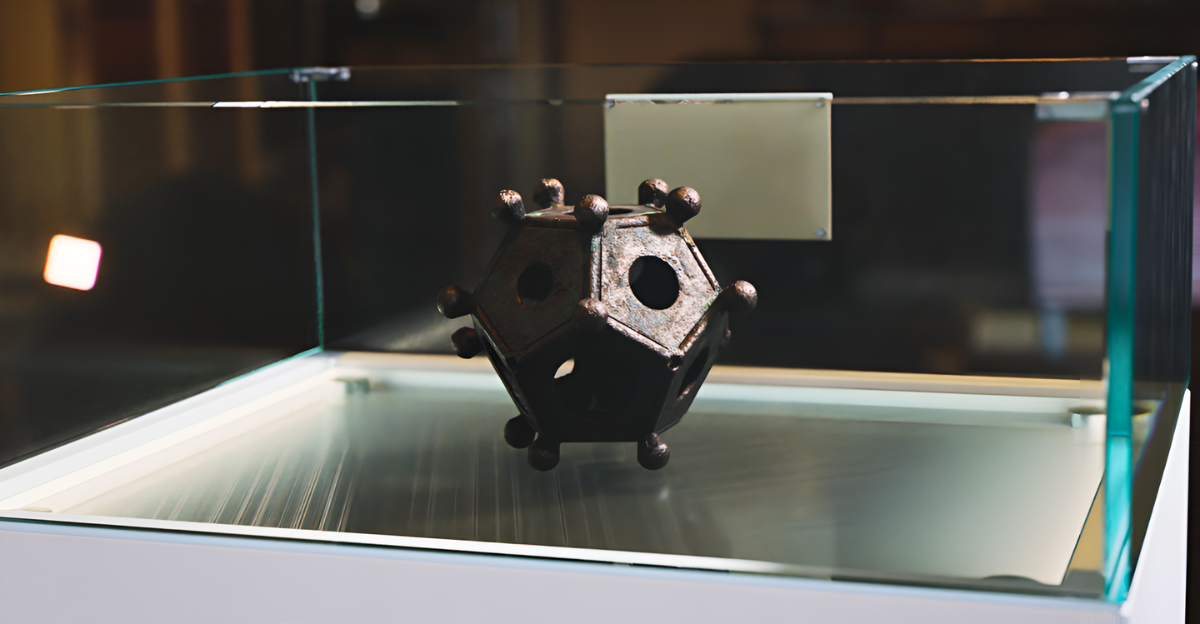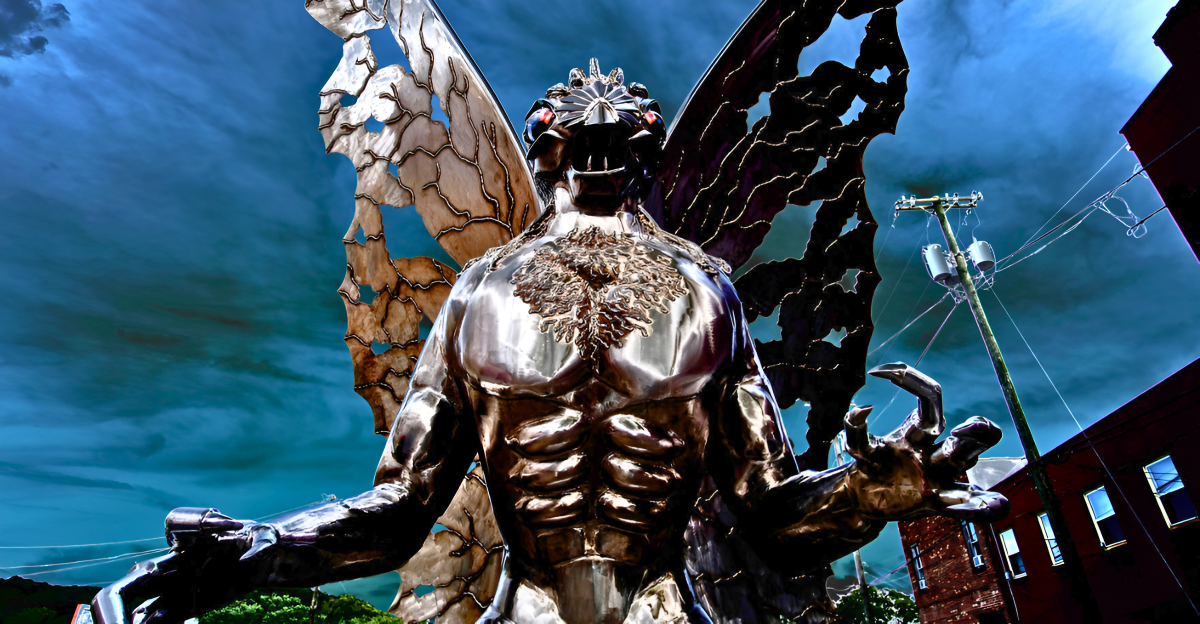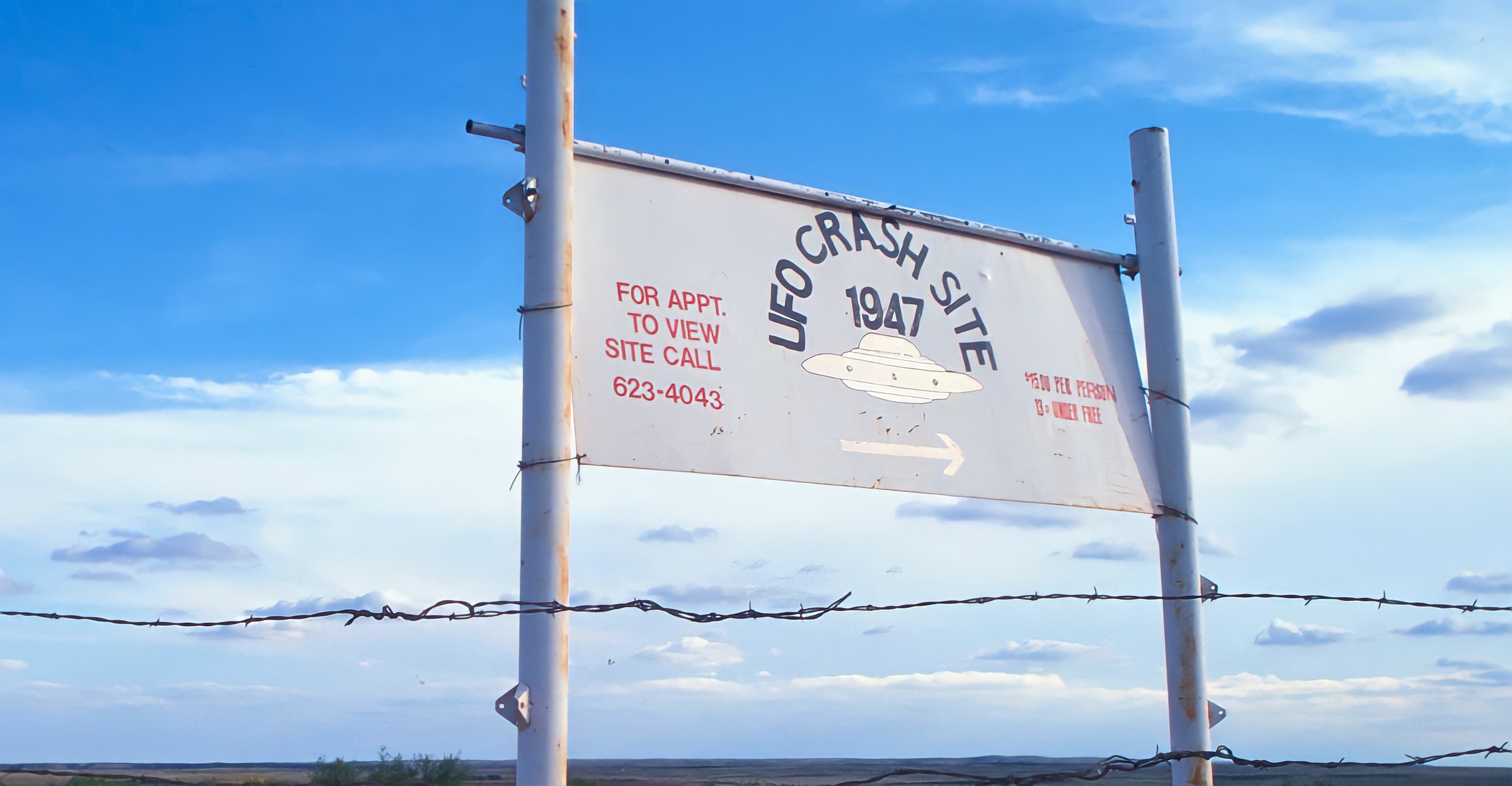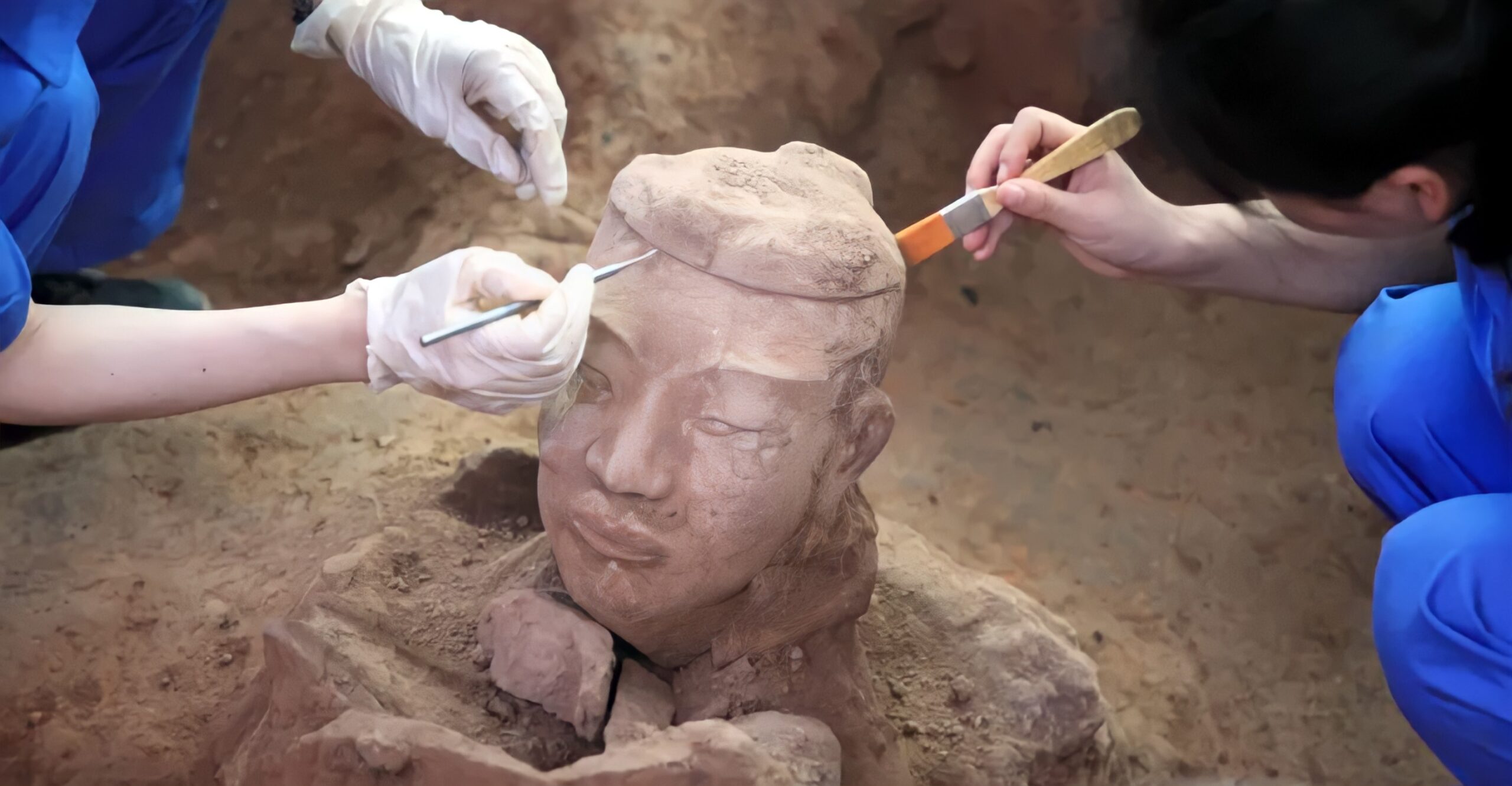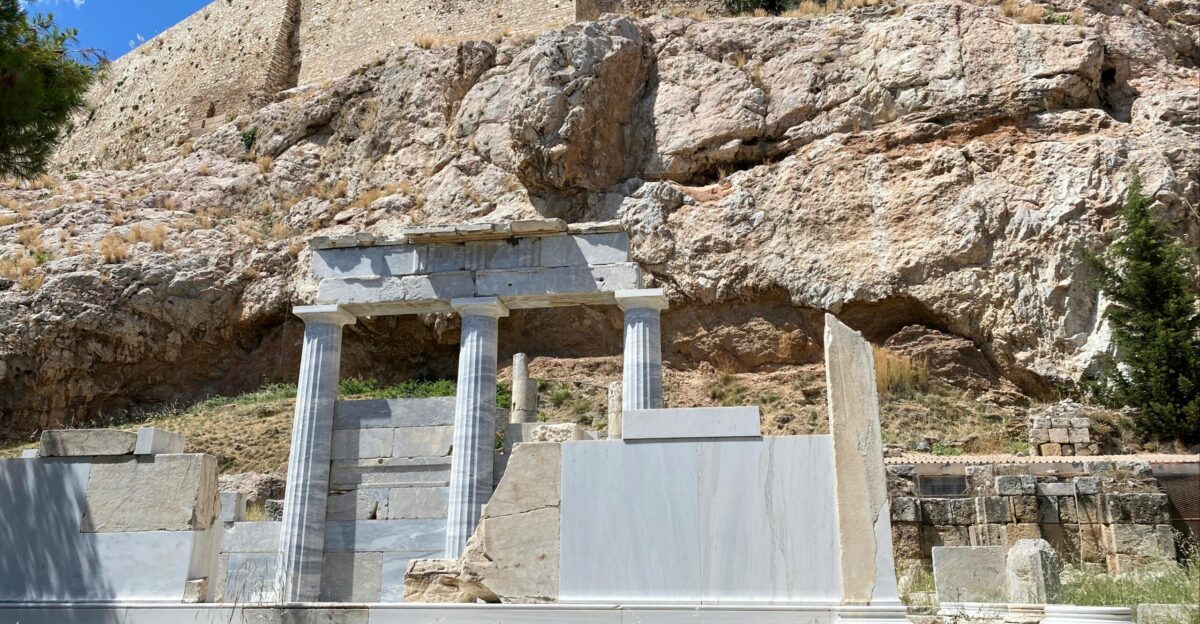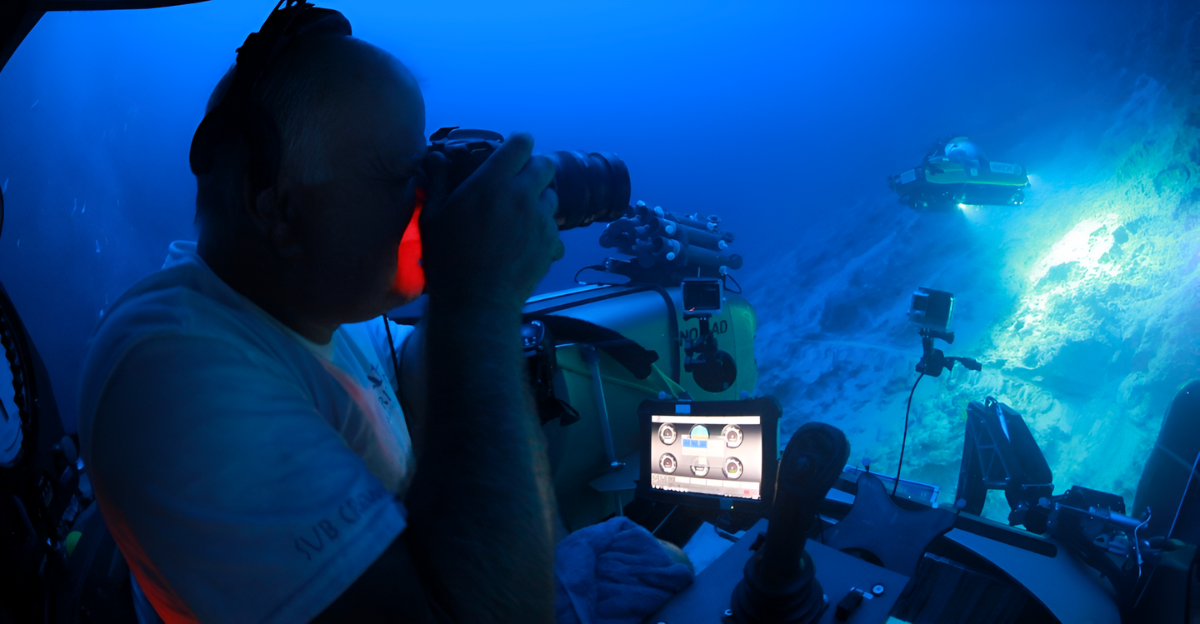
For centuries, the Dead Sea Scrolls have tantalized scholars with their secrets—ancient words written on fading parchment, their origins hidden in desert sands and evading academic understanding. Often a topic of debate, people question who the scrolls’ writer or writers might be.
But every answer has only brought more questions instead of the clarity we so crave. With handwriting so uniform, so painstakingly mastered, the difference between one scribe and the next is blurred.
Was it the work of a lone genius, or an undiscovered collective? The truth, long buried, has eluded even the sharpest eyes and the most persistent minds. Until now.
The Discovery of Ancient Scrolls
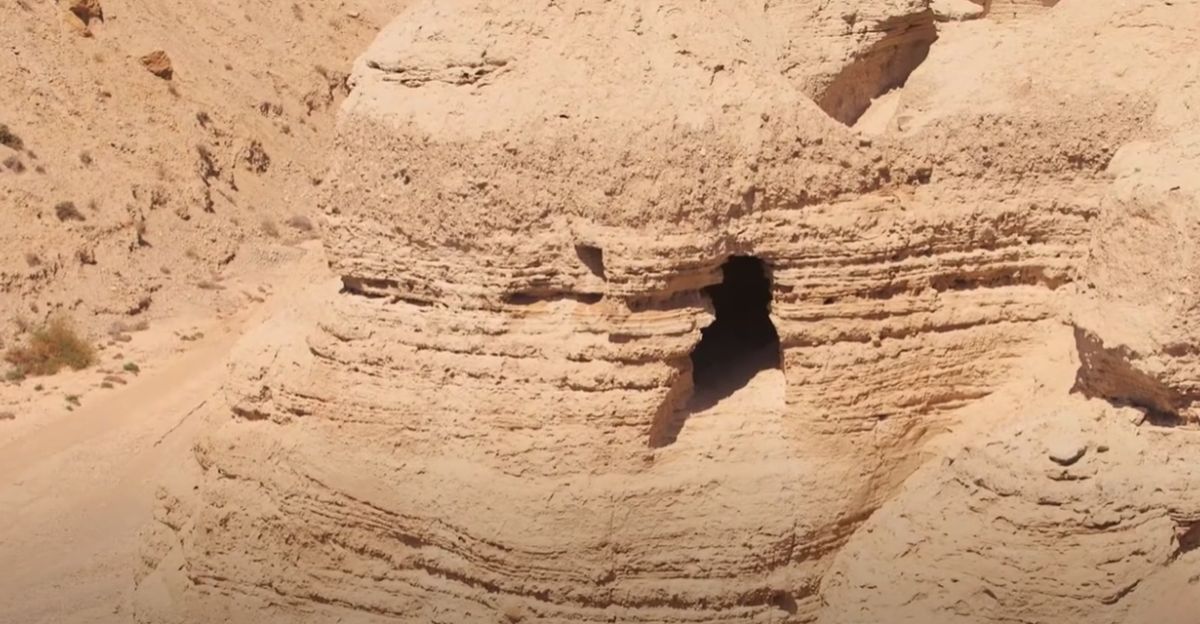
The Dead Sea Scrolls were discovered between 1946 and 1956 in a cluster of caves at Qumran, on the northwestern shore of the Dead Sea.
The first discovery, made by Bedouin shepherds searching for a lost goat, revealed jars of scrolls containing ancient manuscripts, immediately drawing worldwide attention. Over the next decade, archaeologists and residents found fragments across 11 caves that had nearly a thousand manuscripts written mostly in Hebrew, Aramaic and Greek.
These documents, dated from the third century BCE to the first century CE, revolutionized our understanding of ancient Judaism and early Christianity.
AI’s Archaeological Revolution—Why the World Cares
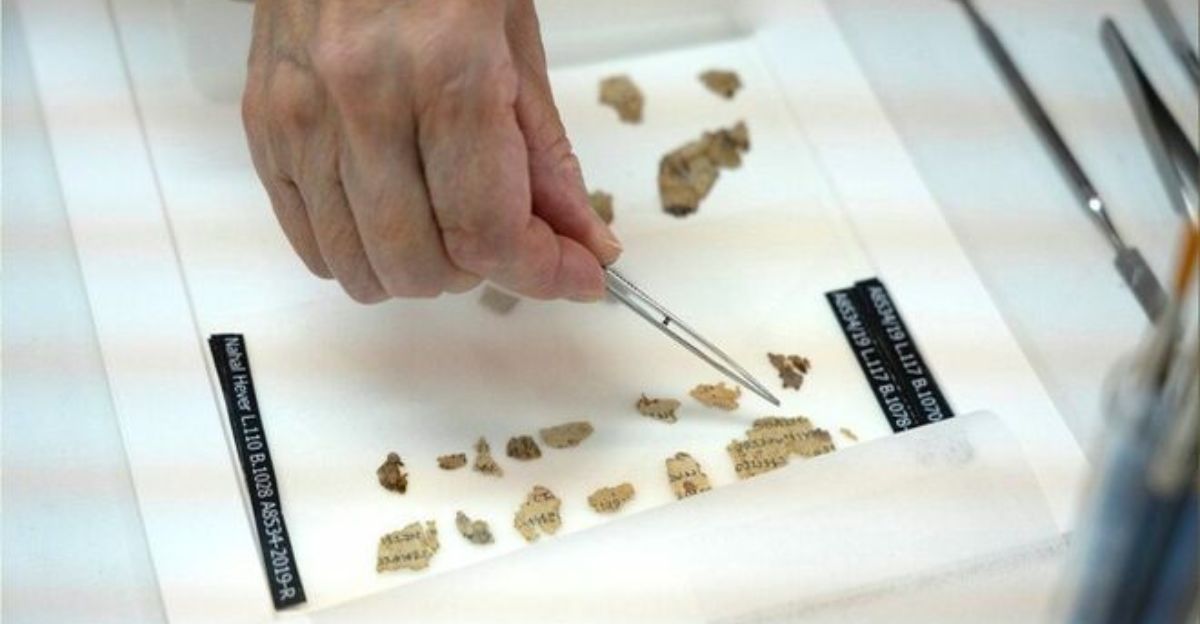
Artificial intelligence (AI) isn’t just changing Silicon Valley; it’s rewriting the playbook for archaeology worldwide.
From the deserts of the Middle East to the jungles of Central America, AI’s pattern-finding systems are unearthing lost cities, decoding undeciphered scripts, and revealing human stories once thought irretrievable.
In the case of the Dead Sea Scrolls, it’s clear what the global scope of AI is: not just biblical history, but technology that can close the gap between the past and present, reconstructing national histories and inspiring new debates about cultural identity, authenticity, and ownership.
The Human Touch—And Its Limits
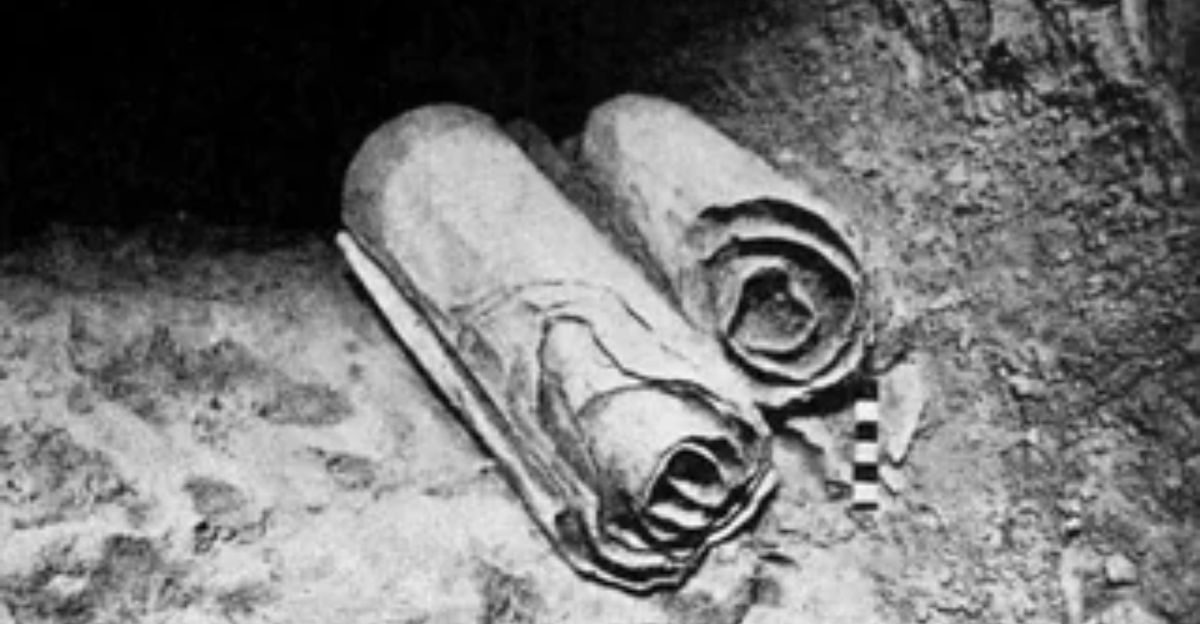
There is something evocative in the idea of tracing another human hand across millennia. Historians and scribes have spent their entire lives gazing at smudged ink, attempting to pick up on the telltale jolt of a wrist or unique flourish.
But the closer they looked at the Dead Sea Scrolls, the less insight they provided. The writing is unnervingly consistent—so much so that most experts were certain it had to have been penned by one fastidious scribe.
And what of this assumption? If true, it would mean that one person had preserved a column of Western religious heritage. But what if everybody got it wrong?
Why the Mystery Matters—And Why It’s So Hard to Crack
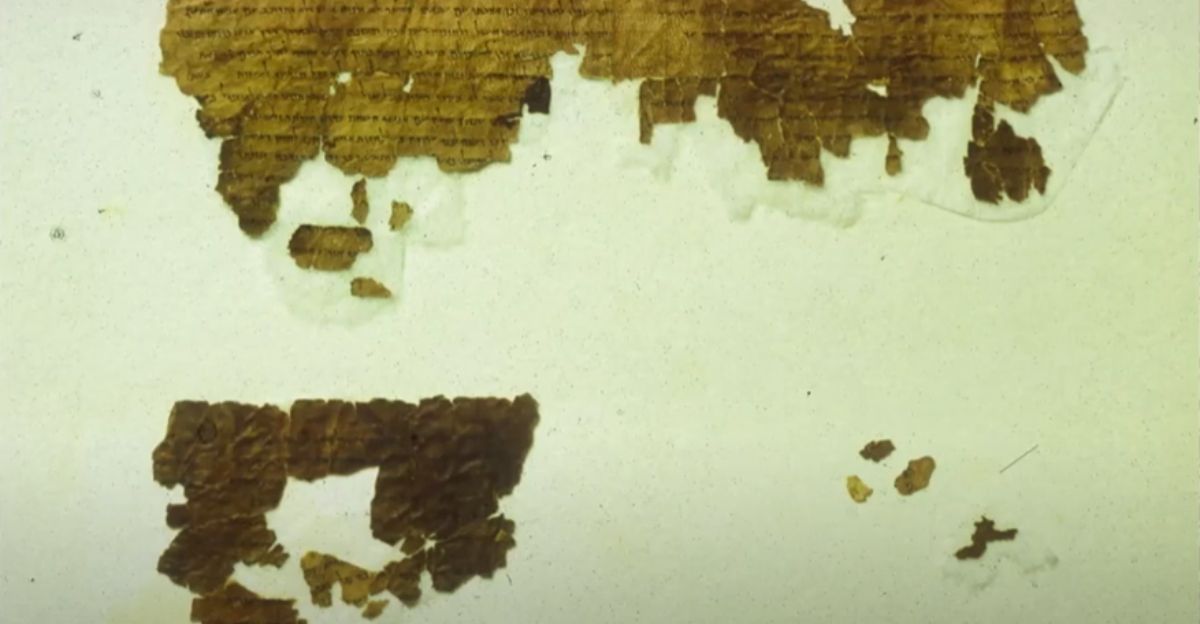
The authorship of the Dead Sea Scrolls is not an intellectual puzzle—it’s about the beginnings of the Hebrew Bible, the evolution of religious sects, and the passing on of divine wisdom.
For years, researchers tried to find the one piece of the puzzle, a “smoking gun” in the script, that would provide conclusive answers, but the evidence was always subjective, the debate ongoing.
Traditional methods came to nothing, hitting a brick wall. Any variations in handwriting, if there were any, were too faint for the naked eye, and the scrolls themselves lacked signatures, confessions, and ultimately easy answers.
AI Finds a Second Scribe
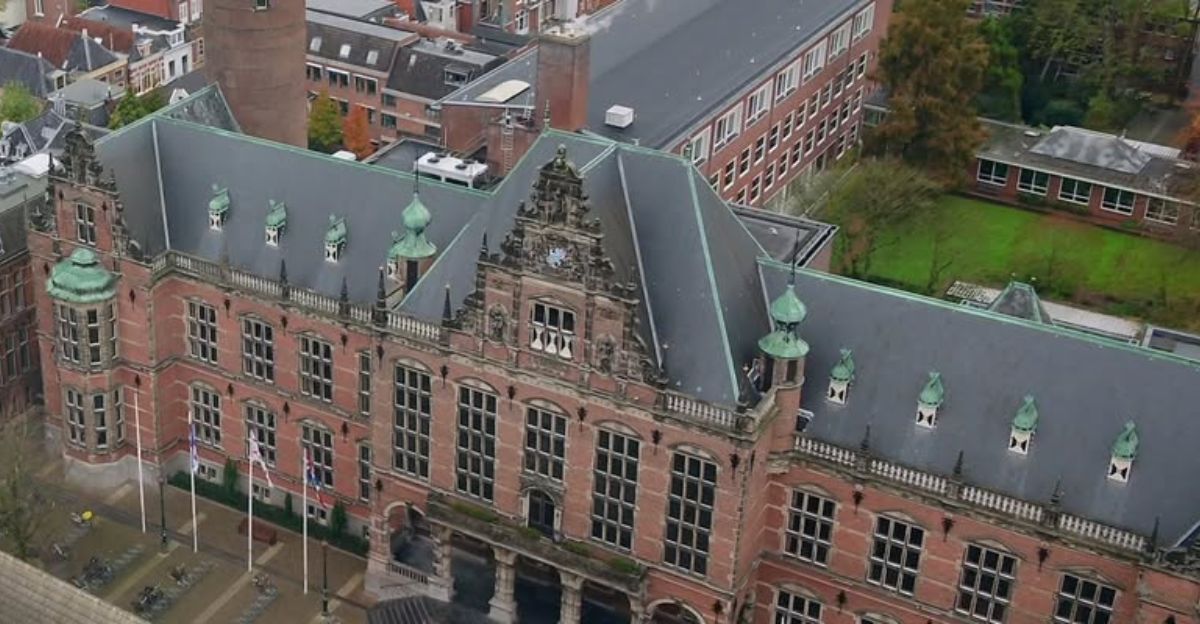
But now, advancements in technology have provided what thousands of scholars could now – some concrete answers.
By using AI’s deep learning and neural networks, researchers at the University of Groningen uploaded digital copies of the Great Isaiah Scroll into an AI program that had learned to see microscopic variations in ink marks—variations imperceptible to the human eye.
The result? The scroll, long assumed to have been authored by a single writer, was actually authored by two scribes writing in almost perfect synchrony. The AI detected a subtle shift in style halfway through the scroll, confirming what decades of human analysis could not, and busting the single scribe myth.
How Did AI Crack the Code?
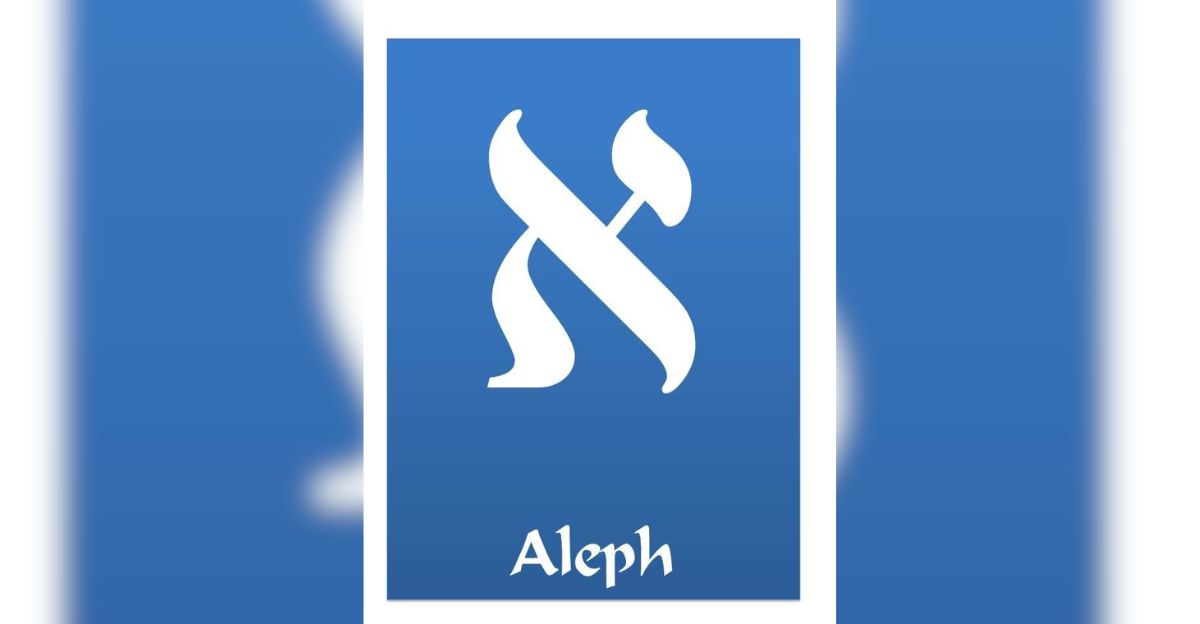
The magic of this discovery lies in the details. The AI analyzed over 5,000 variations of a solitary Hebrew letter, “aleph,” mapping out the individual muscle movements behind each stroke using ink trace patterns linked to hand biomechanics.
By comparing the writing processes and patterns, such as pen pressure and stroke direction, across the scroll’s 54 columns, AI discovered a clear point of transition—the writing style of one scribe fading into another—in columns 27–29.
The technology was not just seeing shapes; it was reconstructing the very motion of ancient fingers, revealing individuality within a uniform sea. This is not digitization; it’s a forensic account and analysis of historic personalities and events.
The Human-AI Partnership—Tools, Tensions, and Triumphs
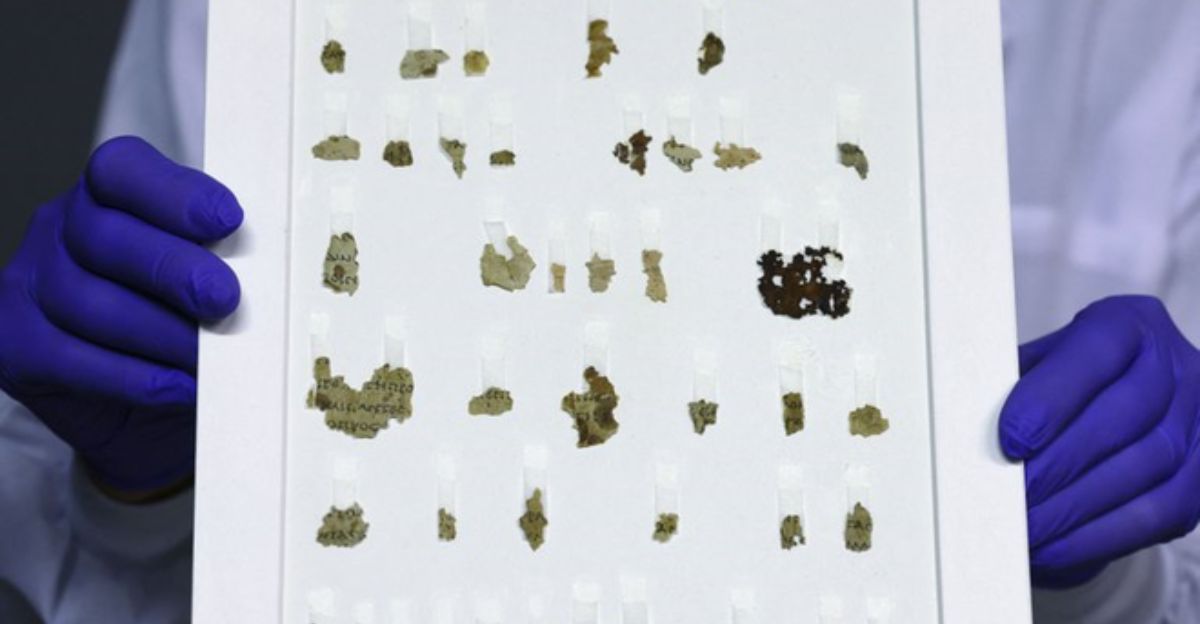
This breakthrough did not happen in a vacuum. It’s the product of an interdisciplinary partnership between biblical scholars, computer scientists, and AI engineers, all working together to solve this century-long mystery.
AI’s neural network, trained to distinguish ink from parchment, enabled a new form of “heat map” analysis that visualized letter forms and quantified the differences. But it wasn’t a purely technical process. There was also a human element that involved careful checking, skepticism, and a willingness to challenge existing assumptions.
The tools and technologies used may be new, but the spirit of inquiry was as ancient as the scrolls themselves. A perfect blend of technological advancement and human curiosity.
Beyond the Scrolls—AI’s Ripple Effect in Archaeology
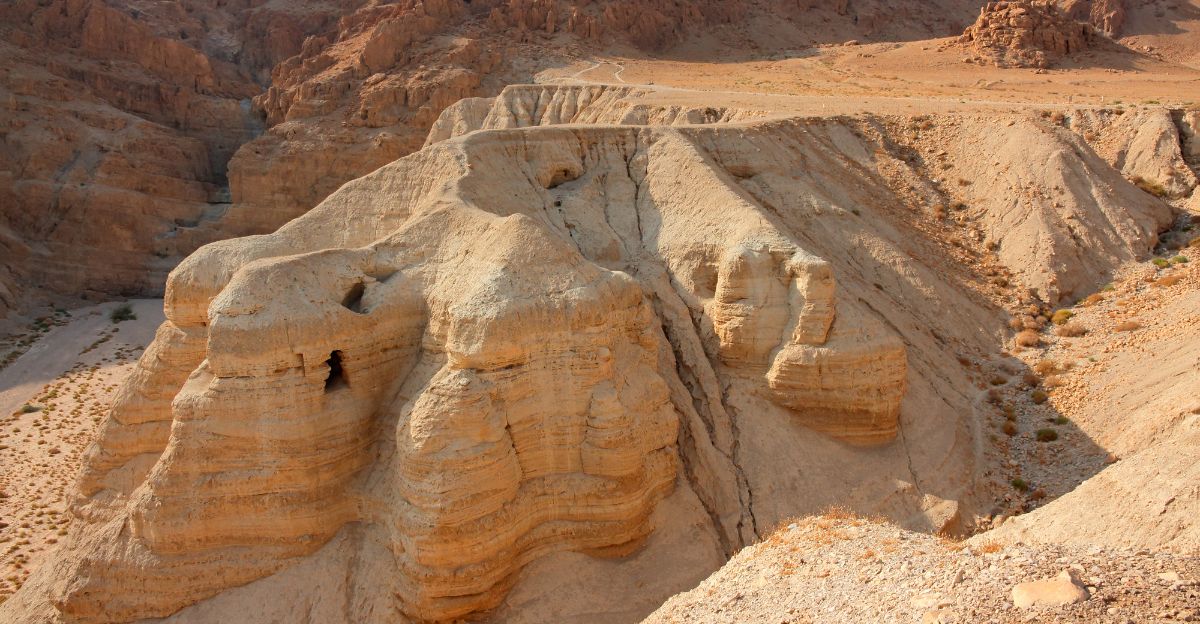
The implications stretch far beyond Qumran’s caves. AI is now helping archaeologists find lost cities, reconstructing broken artifacts, and even predicting where to dig next. In biblical studies, it’s reconstructing damaged texts and revealing hidden layers of meaning.
For example, researchers used machine learning and radar technology to reveal ancient sites buried beneath the sands of the Rub al-Khali, or “Empty Quarter”—a vast expanse of land that has fascinated explorers for centuries.
The Dead Sea Scrolls are just the beginning: as technology advances, more “impossible” mysteries will be solved, more historical voices will be heard and stories revealed. This is not the end of human knowledge. In fact, it’s more like its evolution, led by machines but honed by human curiosity and compassion.
What Does This Mean for Faith, History, and Us?
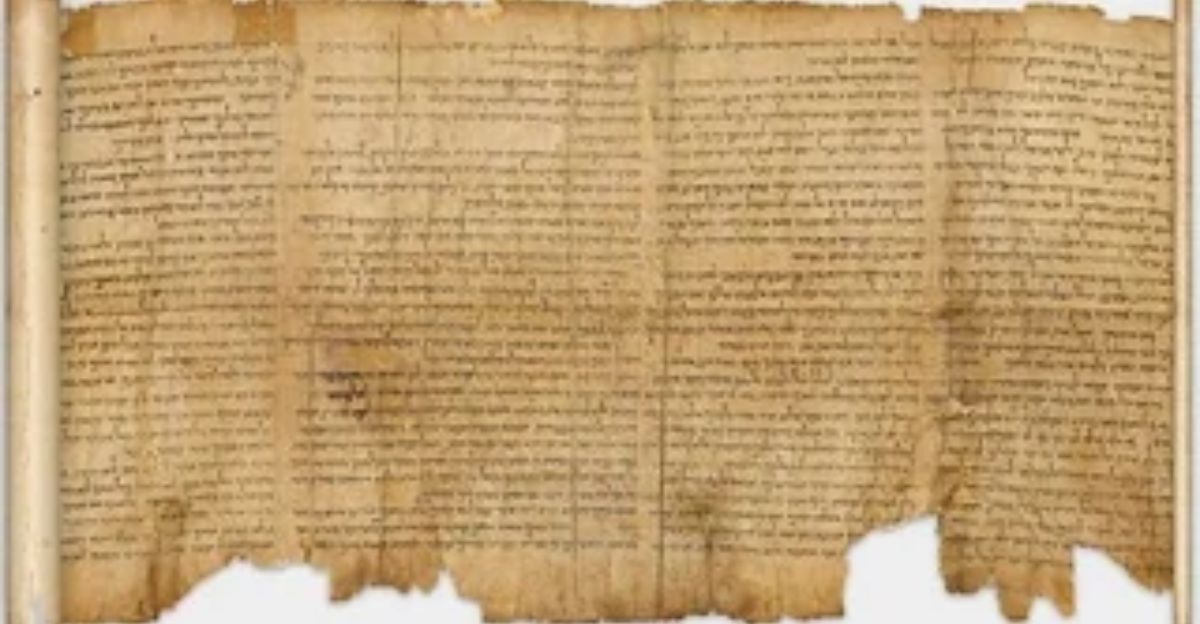
The discovery that two scribes penned the Great Isaiah Scroll isn’t a mere footnote in the scrolls’ history. It actually reshapes our entire understanding of collaboration, tradition, and the sacred transmission of texts.
It’s a further reminder that history is never the work of solitary geniuses, but rather that of communities, networks, and sometimes kin. The emotional aspect of discoveries like this cannot be understated: we can almost see the father teaching the son, or the two colleagues striving for perfection.
As this story goes viral, YouTube and Reddit discussions are shifting from “who wrote it?” to “what does this mean for us?”
The Next Chapter—Will AI Crackle Every Enigma?
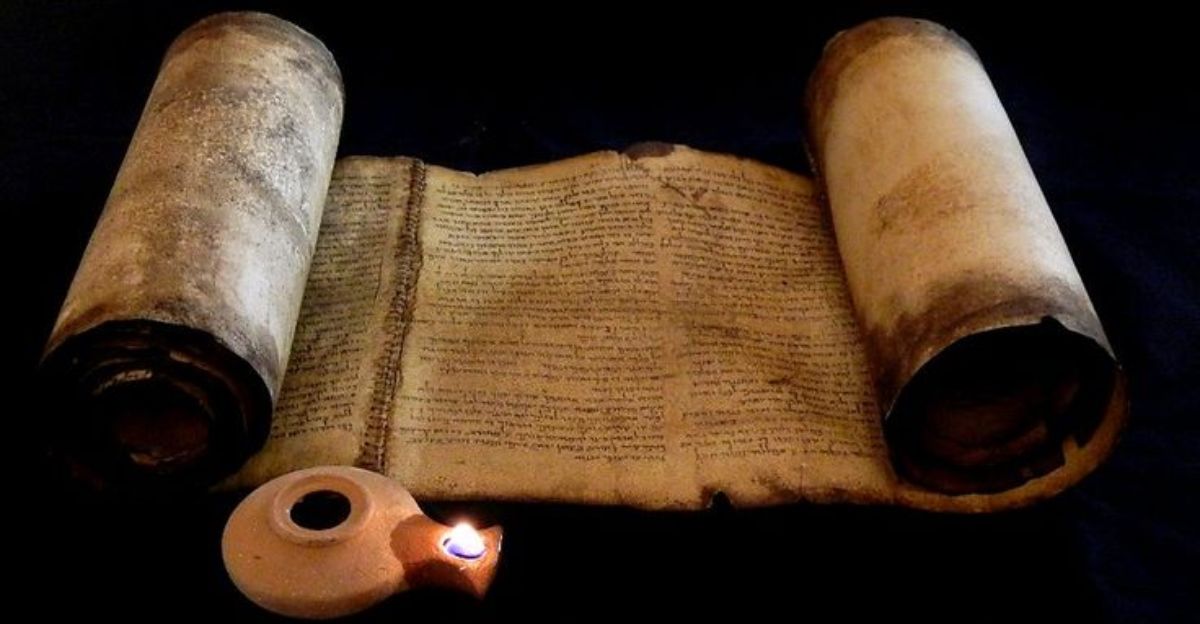
So, what’s next? AI has cracked one of the scrolls’ oldest puzzles, but many questions remain. Will future algorithms find more scribes, or even reconstruct our current understanding of these lost voices completely?
Can technology help us not just understand how these ancient texts were written, but why? As AI becomes a commonplace tool for archaeologists, researchers and scientists alike, the problem will be balancing speed with sensitivity, data with meaning.
The Dead Sea Scrolls ultimately remind us that every answer brings with them new mysteries. The past has reawakened and it’s forcing us to listen to understand more than ever before.

